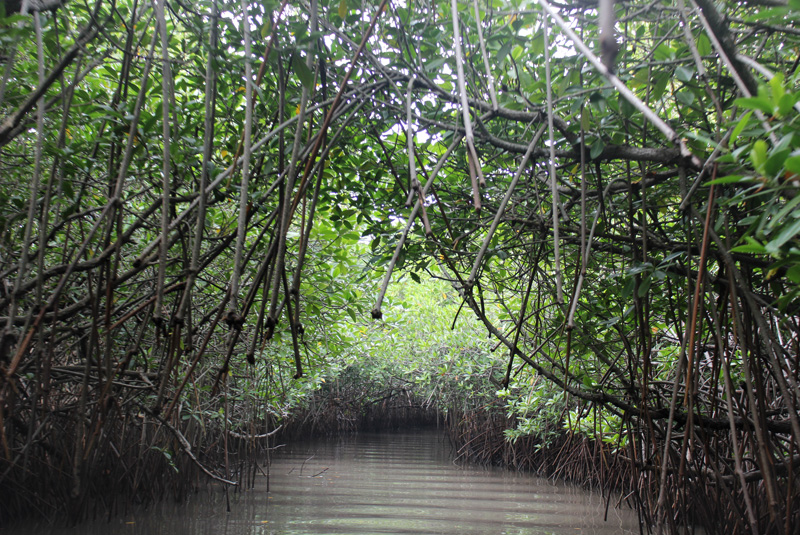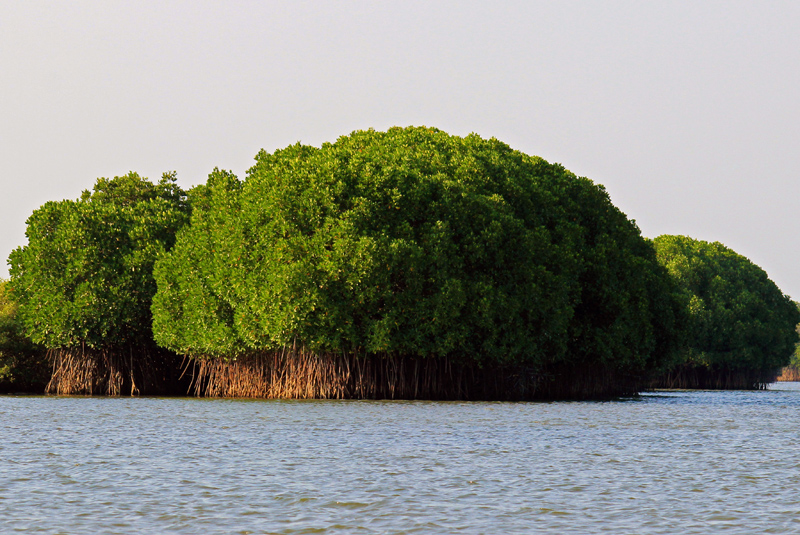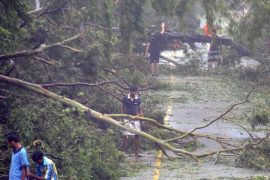When the city of Bombay was just a trading port, its islands were connected by a natural and efficient flood barrier – mangrove forests. The Mahim creek and Mahim Bay were once filled with mangrove forests that acted as a natural flood barrier.
But the development of the city saw these encroached by settlements and railroads. Between 1995-2005 alone, 40 percent of the mangrove cover was lost. In many places, it’s difficult to imagine that a mangrove once stood in place of concrete buildings. But a memory of these mangroves strikes every year when the city floods from heavy rainfall. This year’s floods alone saw lakhs of people stranded, several dozens go missing and public transport grind to a halt.
There are many ways to prepare for extreme flooding – the tragedy is that Mumbai had a natural remedy, now much diminished by an urban act of self-sabotage. Mangroves more than pay for their weight in human lives. On the other side of India, the Pichavaram mangroves bear testimony to the immense function of these floating forests.
***

Between 66 and 23 million years ago, a visitor from South East Asia made the East coast of India its home. Floating across the Indian Ocean and Bay of Bengal, the mangroves of the Indo-Malayan region used their propagules to stay afloat – and to bear anchor when they arrived.
Copyright©Madras Courier, All Rights Reserved. You may share using our article tools. Please don't cut articles from madrascourier.com and redistribute by email, post to the web, mobile phone or social media.Please send in your feed back and comments to editor@madrascourier.com











